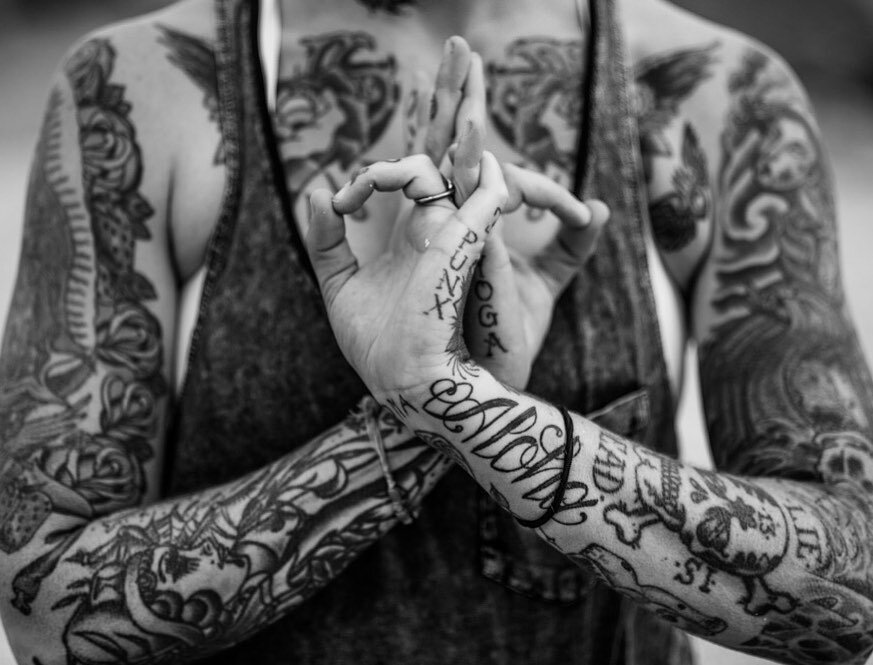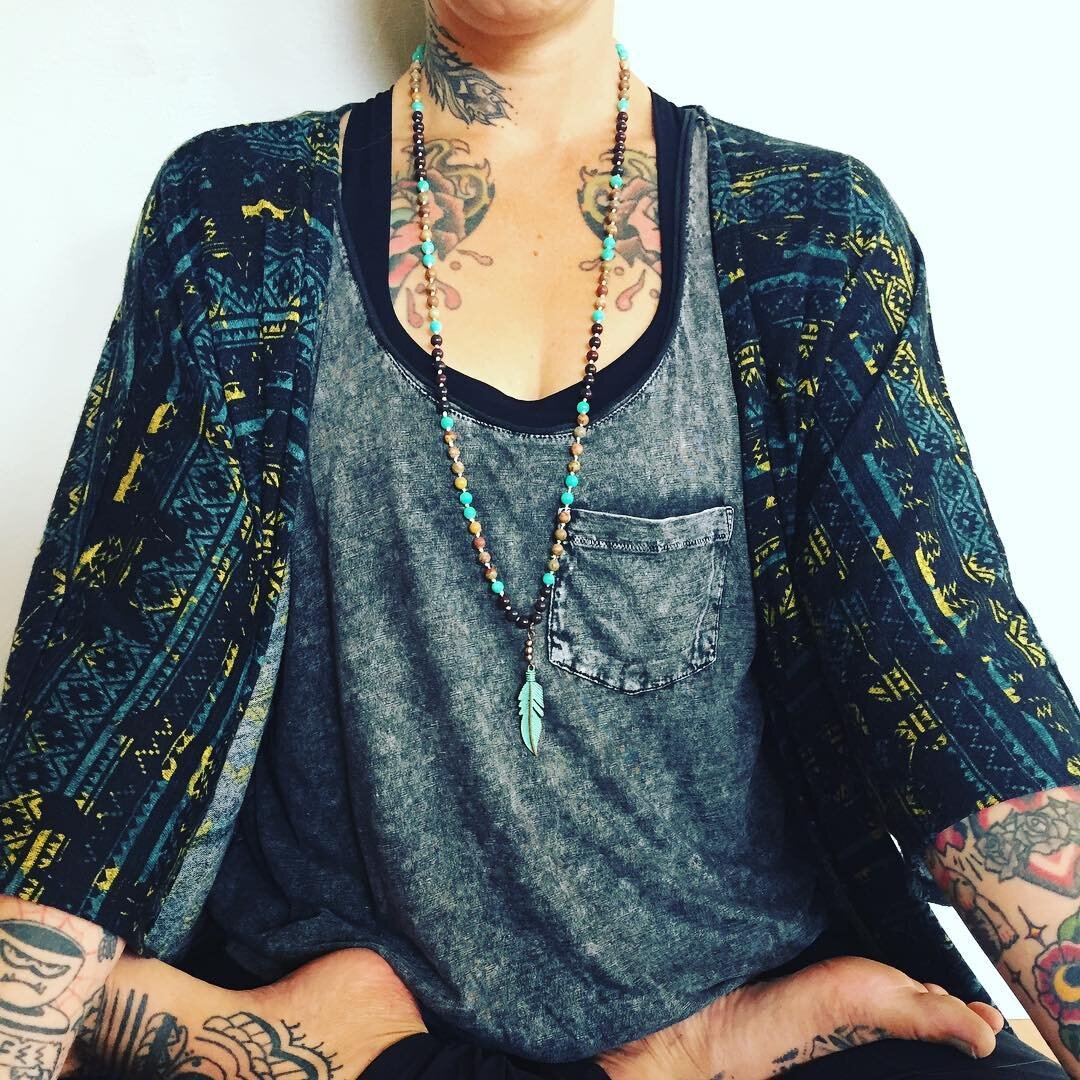About Us
9th Limb Yoga Shala is rooted in the traditional teachings of yoga, offering a sacred space in Morro Bay to explore Bhakti, Mysore-style Ashtanga, Restorative, Hatha, Vinyasa, and Meditation.
We are devoted to sharing the depth of these practices while nurturing authentic community.
At 9th Limb, yoga is for everyone — every body, every background, every heart.
May our space be one of remembrance, refuge, and reverence.
Sending love, health, and peace.
लोकाः समस्ताः सुखिनो भवन्तु
May all beings, everywhere, be happy and free.
We follow the principles of the 8 Limbs of Yoga of Patanjali:
Yamas – self restraint
Niyama – observances
Asana – physical postures
Pranayama – breathing practices
Pratyahara – withdrawal of the senses
Dharana – intense focus
Dhyana – meditation
Samadhi – oneness/bliss
We are the 9th limb – Action , Community, Service and Love
History of Ashtanga
‘Ashtanga Yoga’ means ‘eight limbed yoga’ or Patanjali Yoga. It is an ancient system that can lead to a deep connection with our spirit or ātman. The eight limbs of Ashtanga Yoga (aṣṭāṅgayoga) can be described as eight disciplines. They are yama, niyama, āsana, prāṇāyāma, pratyāhāra, dhāraṇā, dhyāna, and samādhi.
Sri K Pattabhi Jois instructing a student
Ashtanga Yoga comes from Mysore India and was started by Sri K Pattabhi Jois from the 1940s until his death in 2009. Today, Pattabhi Jois’s grandson, R. Sharath Jois, upholds the tradition of his grandfather by teaching at and directing the Ashtanga Yoga Research Institute in Mysore.
Ashtanga Vinyasa Yoga comprises six series of dynamic postures. Mysore-style Ashtanga Vinyasa Yoga classes are taught in the tradition of Sri K. Pattabhi Jois in Mysore, which means that classes are overseen by a qualified teacher who provides personal instruction and physical adjustments.
The Primary Series, Yoga Chikittsa, is designed to purify the body and bring it into physical health. If a practitioner of Ashtaga Vinyasa Yoga practices consistently for six days a week (excluding holidays) for one to three years, their body becomes strong and light and their mind gains clarity. As the body strengthens, the student progresses through the poses of Primary Series, eventually completing that series. Then, the teacher will begin teaching the poses of the Second Series, Nadi Shodhana, to the student.
R Sharath Jois and Sri K Pattabhi Jois
Mysore Style
Mysore style is a self led practice with a qualified teacher in the room giving adjustments, The students go at their own pace with practices of varying lengths and levels, beginning, intermediate and advanced. It allows students to go deeply into their own experience of the practice while still maintaining the essential and reassuring experience of a close relationship with a teacher.
Led Primary Series
Led class reinforces the proper vinyāsa system – when to inhale and when to exhale as we enter into and out of each posture. Guruji emphasized the importance of this by telling students, “When vinyāsa is perfect, the mind is under control.” He even said, “That’s the main thing controlling the mind.” (Yoga International 1995, Sandra Anderson) For both new and experienced students, led class is an important compliment to a regular Mysore practice. It’s an opportunity to ensure that each vinyāsa is being learned and practiced correctly. Furthermore, surrendering to the teacher’s count and pacing, is an opportunity to increase both our internal and external strength, and our relationship with the traditional lineage.
FAQ
-
You can come anytime between 6:30-8:15 am. It is an open practice time.
-
Come as you are, the body opens and gains strength over time.
-
We will teach you a small segment of the sequence, your first day may only be 30 minutes and slowly add on from there.
-
It has always been the tradition in Ashtanga Yoga to rest from asana practice on new and full moon days (tithis). When asked why we shouldn’t practice on these days, Guruji was fond of saying, “Two ‘planets’ [grahas] one place, very dangerous.” What is meant by this is that on these days, the sun and the moon are in a line relative to the position of the earth. Consequently, their gravitational forces are all combined, and thus the effect of the ‘plantets’ more pronounced. One definitive effect of this is that the ocean’s tides are higher and lower on these days. When āsana practice is done daily, rest days are important for regeneration; and the extra biweekly ‘moon day’ comes as a welcomed respite





